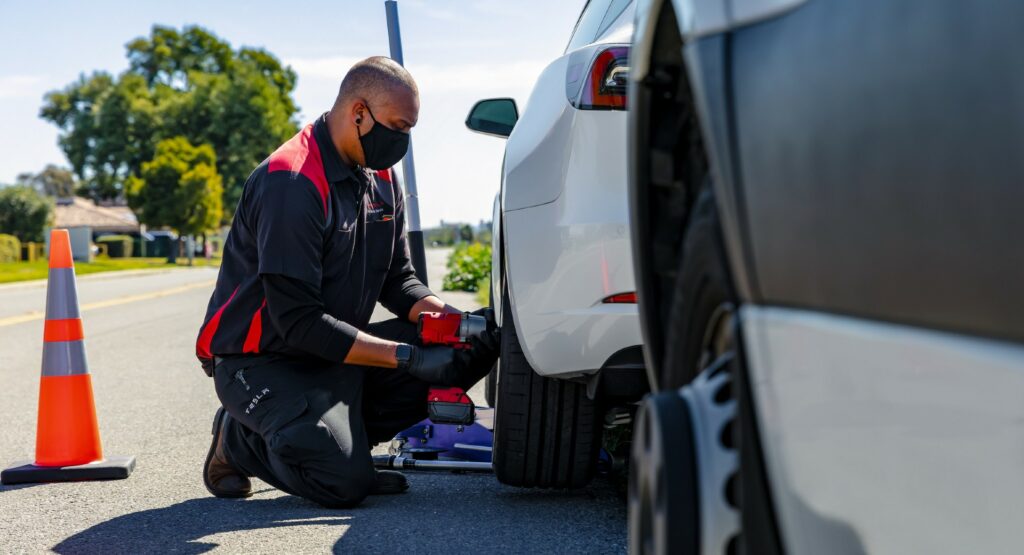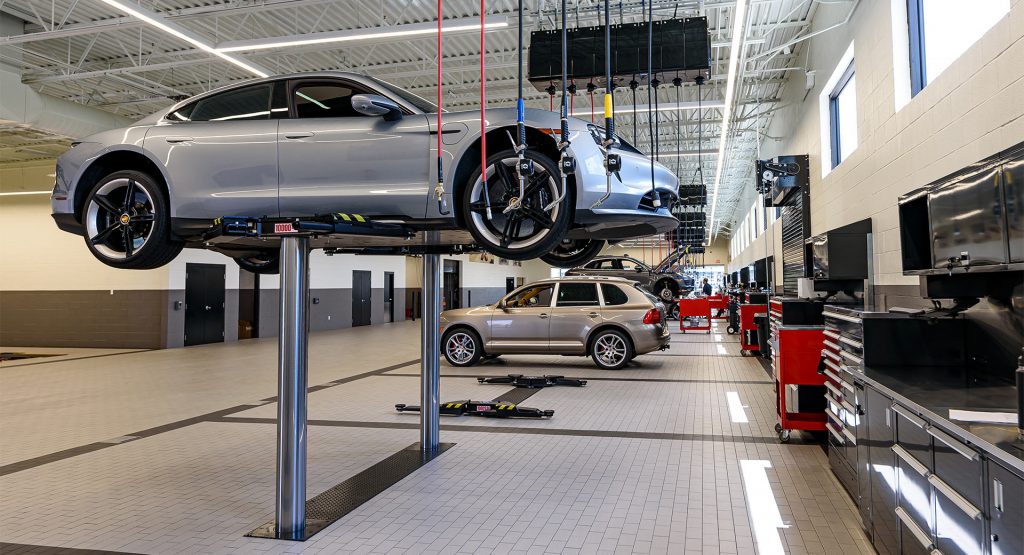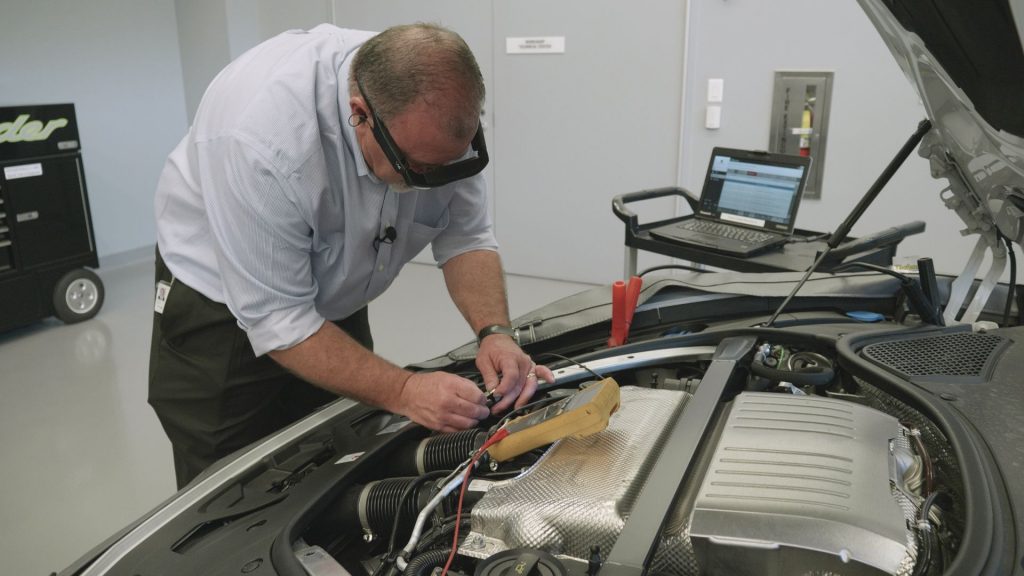In the constantly transitioning landscape of electric vehicles, cost considerations extend beyond the purchase price. Repairing potential collision damage can scare away some buyers. Now, a new study might alleviate some of that concern.
Almost all new cars today feature advanced technology. That tech, made up of components like lidar sensors, radar sensors, and cameras is often contained in major body panels. On top of that, electric vehicles also have battery packs and electric motors that can run up a repair bill.
A number of reports seem to indicate that repairing an electric vehicle will cost significantly more than the average car. Now, a repair shop software company’s data indicates that repair costs are nearly identical between gas and EVs so long as you don’t have a Tesla.
More: Tesla Owner Shocked By $21,000 Repair Bill After ‘Driving In The Rain’

Autonews reviewed statistics from Mitchell, the software company in question, and found a number of interesting details. For one thing, the average repair cost of a combustion-powered car across all of Mitchell’s customers was $4,205. That’s only $269 less than that of a non-Tesla EV which cost, again, on average, $4,474. That’s a difference of just six percent.
Interestingly, those who own a Tesla are indeed in for a larger repair bill statistically. The same data indicates that they pay, on average, $5,552 or about 27 percent more. Again, it’s the technology associated with these vehicles that have repair prices so high.
“These vehicles are on the cutting edge of all this safety technology and this digital connected-car technology and all of that is going to play a role when these vehicles are involved in a collision,” said Ryan Mandell, director of claims performance for auto physical damage at Mitchell.
In addition, other factors might be driving the cost of repairs where EVs are concerned. Firstly, they’re often newer which means that aftermarket options aren’t as plentiful, thus driving up the cost. Secondly, the overall cost of EVs is going down meaning that some that might have been repaired are written off instead, minimizing the potential repair cost reported.





